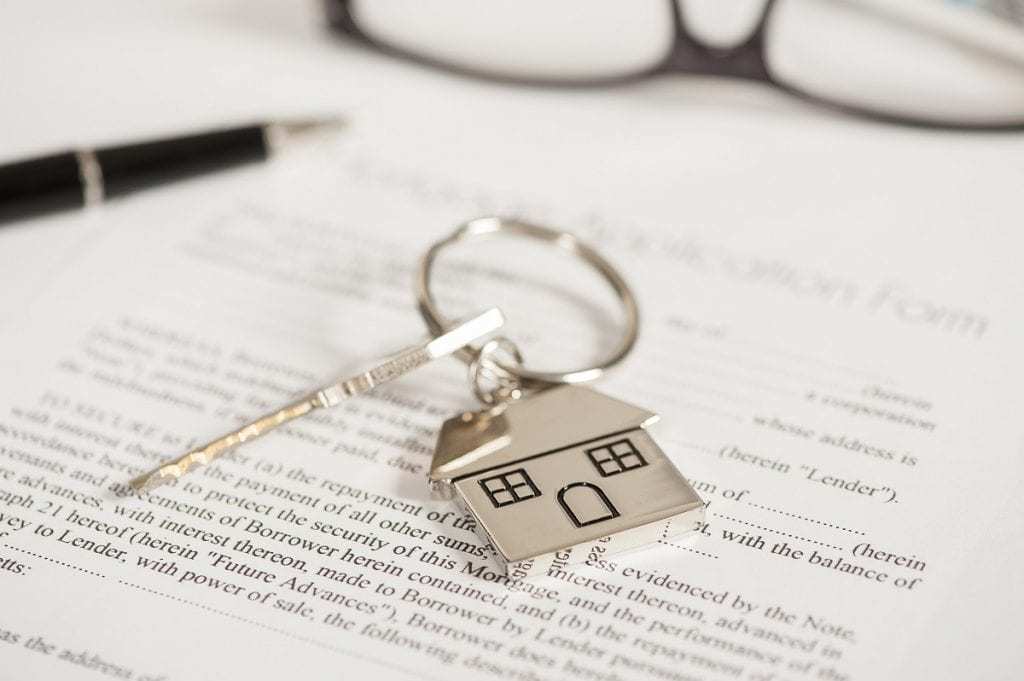What to Know About Home Refinancing
Posts contain affiliate links, see disclosure for more details.

Refinancing gives you the option to revise the terms of an existing loan, so it fits your convenience. People choose to refinance their loans for various reasons. It may be the reduced rate of interest offered by another lender, or it may be reduced monthly payments. People opt for refinancing as a way to reduce the financial burden on themselves.
However, the refinancing decision should not be impulsive and should be made after assessing your financial circumstances. Here are some factors to understand about home refinancing.
Home’s Equity
Your home’s equity is one of the first and foremost pieces of information that you will need to review. If your house has depreciated in its value (i.e., gone down in value), it is considered negative equity.
A house having negative equity is usually not entertained while refinancing your mortgage. However, some government programs allow you to refinance a negative equity house. Some conventional lenders specialize in refinancing houses with low equity or no equity. But it is best to not opt for refinancing unless you have at least 20% equity for a new loan.
Understand Your Credit Score
Your credit score is another vital point related to your loan getting approved. In specific scenarios, you may be unable to qualify for a lower interest rate loan with a good credit score.
This is because the lenders want an above-average or exceptionally high credit score to approve refinance requests. If you have a low credit score, you may still qualify for a new loan. In such cases, borrowers may have to pay a higher rate of interest.
Refinancing Cost
Home refinancing isn’t free. It comes at a cost. The cost of refinancing usually ranges from 3% to 6% of your total loan amount. However, you may find ways to reduce the costs by wrapping them along with the loan. This is done by rolling the cost into the new loan.
In such scenarios, you must have adequate equity, and your principal amount will be higher. In specific scenarios, the lender offers something called a no-cost refinancing system. This lets you cover the closing costs by paying a slightly higher rate of interest.
Tenure of the Loan
Most borrowers focus solely on interest rates, even when it comes to refinancing. But if your goal is to decrease the monthly interest, you can also do so by choosing a plan with a longer repayment tenure.
This is the best way to reduce the monthly installment amounts. Specific lenders allow low interest in the shorter term. You may also look for such possible plans while refinancing your home. Analyze all the lenders who offer home loan refinancing options in your location to find the most cost-effective one.
Bridge Refinancing
Homeowners contemplating refinancing could also consider specialized options such as bridge refinancing, especially when facing unique financial circumstances. Bridge refinancing can be a strategic move for those navigating a transitional period, such as the need for short-term financing while waiting for a property to sell. This type of refinancing helps bridge the gap between the current mortgage and a future one, providing financial flexibility during the interim period. As with any refinancing decision, careful evaluation of your specific needs and a thorough assessment of your financial situation should precede any commitment to ensure that bridge refinancing aligns with your long-term goals.
If your refinance goal is to pay off your loan and clear the debt, you should opt for a mortgage with the shortest term. You might have to pay a higher rate of interest in such cases.
Tax Deduction
You can refinance your mortgage interest to avail yourself of a tax deduction in your federal income tax bill. Refinance options can help you pay more in interest, allowing you to qualify for a higher tax deduction.
Final Thoughts
The process of applying for and getting a refinance loan is simple. The experts will help you through all process steps, including home appraisals and document closing.






